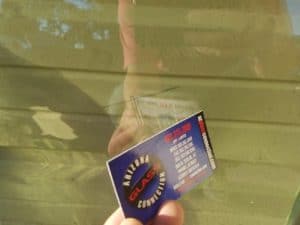
? DISCLAIMER – This is a layman’s guide to help a person acknowledge if a window has a LowE coating. It is
not intended as a technical guide or a factual reference sheet. For identification of exact manufacture details
please contact your local glass shop for professional assistance for your personal needs.
Without getting too deep in the science of fenestration. This article should help an average person identify, if a window has a low emission coat or not. Using a few basic items and methods the elusive mystery can be revealed without expensive tools or a paid professional. If you are interested in digging deeper into the depths of the glass industry and or want to know more about Lowe coatings please visit this trusted leader of the glass industry National Glass Association and link out from there.
Your chances of success in the venture will be greatly increased if your efforts are made with the sun shining directly on the window in question. Lowe is designed to reflect the harmful colors of the light spectrum. Trying to conclude if the window has a coating in shadow or the dark will prove to be horribly difficult. With this in mind the methods discussed in this article, are geared towards detecting the rejected colors dismissed by the lowe coating. A pair of polarized sunglasses are a great detection tool when attempting to render this process. Without getting to technical the reason is the polarized sunglasses and the Lowe coating are both doing the same thing, similar reaction happens between polarized sunglasses and aftermarket film on car windows.
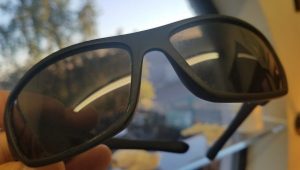
For more indepth explanation of this phenomenon check out this article on Revantoptics.com written by Kirsti Smouse. If you don’t have a pair of polarized sunglasses a quick visit to the convenient store may be in order. There is no need to purchase an expensive pair, for low end specs will serve the purpose sufficiently.
First thing to determine is if the window is a single pane (monolithic aka mono) or dual pane (insulated glass unit aka IGU). If the window is monolithic the chances of it being Lowe is extremely…low. So low it may be safe to say it’s not Lowe.
An IGU with a lowe coating will alway be located inside the IGU were it can’t be exposed to environment. Typically it will be on the outside pane of glass on the surface that you can not touch. That surface will be referred to as #2
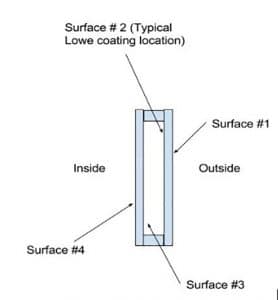
If the outside pane of glass is broken on an IGU use a spray bottle with water. Simply spray the water into the crack, allowing the water to trickle down Surface #2. If the areas where the water comes in contact with distorts purple. This is an indication the window has a lowe coating. Due to the nature of how the sun lights spectrum is refracted off of the coating, standing on the side of the glass will provide a better angle to reveal the color distortion.
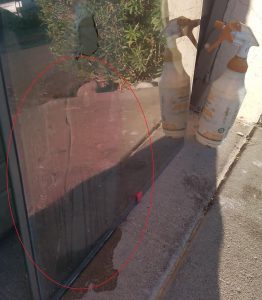
If you can safely remove a piece of the broken glass, firmly lay your thumb on the glass’s surface #2 (please be careful of the edges) as if you are taking your fingerprint. Remove your thumb and hold glass with surface #2 facing up, move it at different angles to reveal a purple finger print or just your transparent finger oil smudge.

If the outer pane of glass is not broken making it not possible to employ the stated methods above. An alternative approach will be required. Place your finger on the outside pane of glass, and look for a dual reflection of your finger. If you see a ghost shadow of your finger,this is an indication of a Lowe coating.
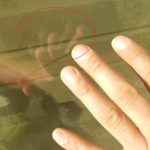
If this set of detection methods left you inconclusive or you simply want to make a few more verifications to your list.The year the building was made can play a factor in the chance the window is Lowe. If the building was constructed any time before the mid nineties the chances are it isn’t Lowe glass. If you’re not sure check your local government website and inquire on the year the area was developed. If the window is in a house in a community the sidewalks typically will have the pour dates and the company’s name. If the sidewalk was poured 2006 for instance it’s a good chance the house was built close to that time also. If all else fails call your local Glass shop and have them visit the location. There is a good deal the visiting representative will use the same methods we discussed if the evidence isn’t obvious to the professional from initial sight.


